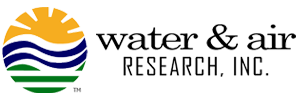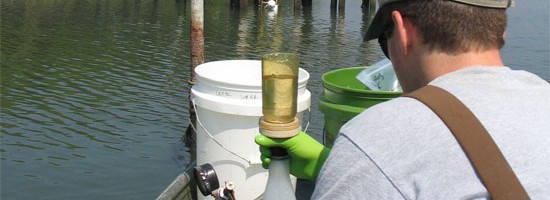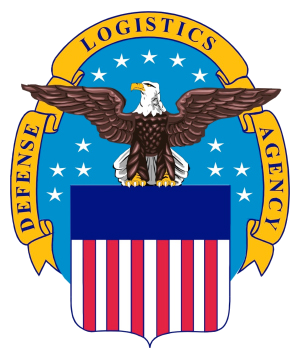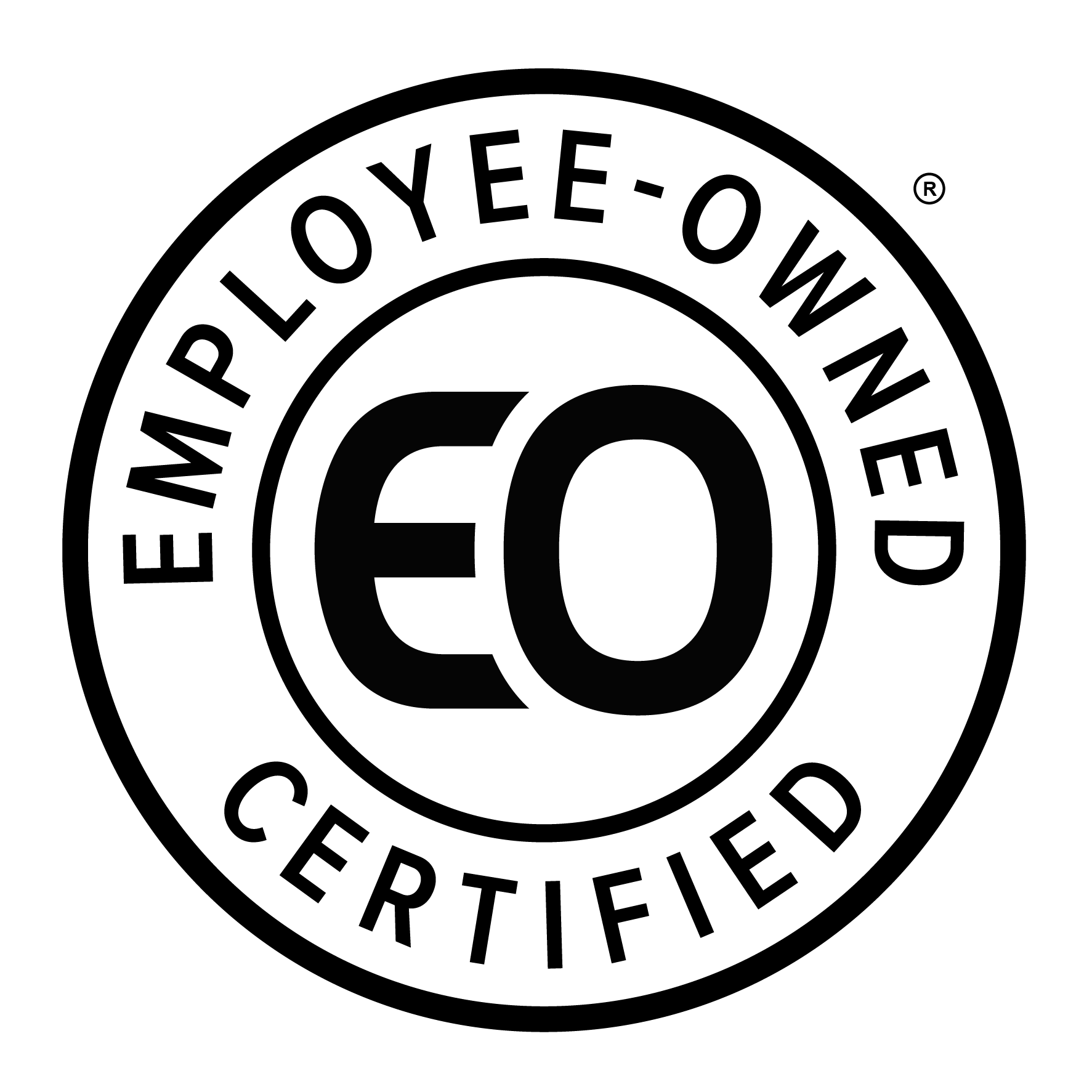Overview
Turbidity is a measure of light-scattering that occurs in water and is an important parameter for understanding impacts to marine biota and the potential for particulates to settle on marine live bottoms. In the Miami River, turbidity monitoring was performed to determine if induced currents from ship traffic, particularly from opposing tugboats wrestling ships through tight bridges and turns, mobilized contaminant-laden sediment, as evidenced by turbidity plumes. At Key West, Florida, little was known about natural and ship-traffic related levels of turbidity in and around the harbor, until a 5-day monitoring effort and a subsequent 1-month effort two years later was performed by Water & Air field teams. Data were collected at 15-minute intervals at sixteen stations. Live bottoms in state and national protected areas were of particular concern.
Task Summary
- Established turbidity monitoring stations were at appropriate locations in the Miami River, and sampled from boats..
- Installed turbidity monitoring stations at Key West on fixed structures including navigational buoys, with Coast Guard approval.
- Downloaded data daily or every other day to facilitate data reduction for five situ parameters, graphing, interpretation, and reporting.
- Monitored tidal currents with drogues.
- Photo documented of distinctly different water masses to corroborate data collected by field instruments.
Results
At the Miami River, pulses of turbid water associated with ship traffic were found to flow through the channel mobilizing sediment for possible deposition in Biscayne National Park. In Key West, natural levels of turbidity were found to be between 1 and 3 NTUs (nephelometric turbidity units) during calm weather (winds less than 5 miles per hour) and near 40 NTUs during severe weather conditions. Short-lived spikes in turbidity were found to be associated with cruise ship traffic. South and east winds of 10 to 20 mph were found to be associated with incoming tidal water masses with turbidity increases of 5 to 10 NTUs. These findings were useful in designing a monitoring program that would ensure protection of marine live bottoms during the dredging of the Key West Entrance Channel.







